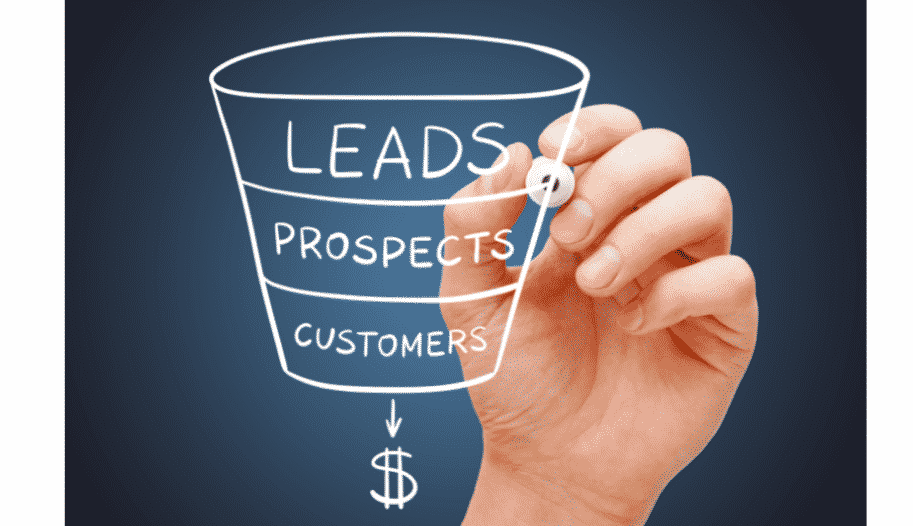In a perfect world, you purchase some advertisements, they run, and you immediately have a much bigger customer base knocking down the doors of your business. If only it were that simple.
No, marketing is more complex than that, both an art and a science. To track the customer journey, professional marketers tend to think in terms of the marketing funnel, also known as a sales funnel.
The marketing funnel was invented by E. St. Elmo Lewis, a pioneer in the advertising space who lived from 1872 through 1948. It’s widely regarded as the first real marketing theory of the modern age. It’s also sometimes known as the “hierarchy of effect.” There are a few different variations, with varying numbers of steps in the funnel and names for those steps. At the most basic level, the sales funnel tracks the customer journey from zero awareness of a business to purchasing from that business.
When you’re thinking about acquiring new customers for your business, it’s worth briefly researching a few different funnel models to see which one makes the most sense for your business. For simplicity’s sake, this blog will focus on a very basic three-tier B2C funnel model.
How well do you know the vocabulary of Digital Marketing?Test your knowledge with the quiz below! Overview ...


